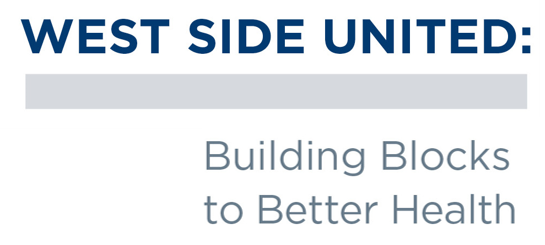Economic Vitality
Civic Consulting Alliance is committed to increasing the vitality of our region and reducing disparity between neighborhoods by working across the three pillars of a vibrant, inclusive economy: growth, prosperity, and inclusion. Our vision in Economic Vitality is to grow an economy that works for everyone while reducing inequities between communities.
In the area of Economic Vitality, Civic Consulting Alliance focuses on:
- Growth: Supporting economic growth in the region, as a prerequisite for prosperity and inclusion.
- Prosperity: Enabling growth that is powered by the increased productivity of workers and that increases standards of living.
- Inclusion: Ensuring that people in neighborhoods and communities throughout the region have the ability to contribute to and benefit from growth.
Building Health Equity
on Chicago's West Side
Life expectancy for those who live in the Loop is 85 years, about the same as in Japan. Six miles away in West Garfield Park, life expectancy drops by 16 years to 69, about the same as in Bangladesh. This single, stark disparity reflects the many challenges and deep inequity faced by almost half a million Chicagoans—a population larger than the city of Cleveland—living on Chicago’s West Side.
“After a deliberate planning and engagement process in 2017, execution was a top priority for West Side United in 2018. West Side United has made considerable progress due to the valuable contributions of Civic Consulting Alliance. We are so grateful for their support!”













